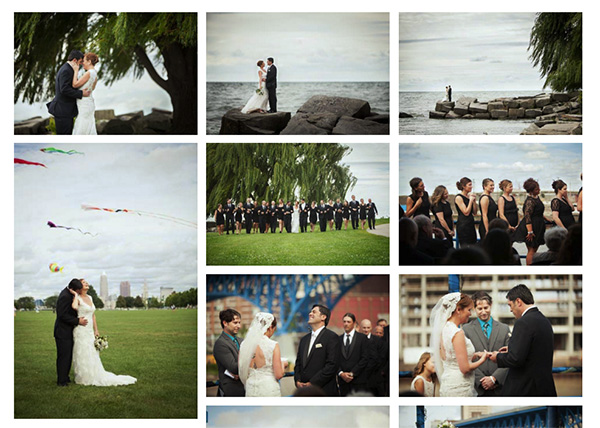Top 2016 Web Design Trends

b'Web design trends change every year, and as website designers, it\'s crucial to know what trends are popular so you can stay ahead of your competition and meet your clients\' needs. Remember, "trend" doesn\'t necessarily mean "new," just popular.
\\n
\\nBut before we take a look at what\'s gaining attention, let\'s first look at the web design trends of 2015, as many of them are being refined and will reemerge this year with a new face.
\\n
\\n \\t* Responsive Design
\\n \\t* Video
\\n \\t* Infinite Scrolling
\\n \\t* Typography
\\n \\t* Minimalism
\\n \\t* Flat Design
\\n
\\nSome of these trends have been replaced, while others have evolved and improved as web designers equip better technology. Many refined processes will become the standard norm this year.
\\n
\\nNow let\'s take a look at what to keep an eye out for in 2016:
\\nMobile Responsive Web Design
\\n
\\n
\\nWe just tipped the scales last year when Google announced more search inquiries are being conducted through mobile devices than on desktop computers. In the United States alone, 94% of people with smartphones search for local information on their phones. What\'s more is that Google announced it will give higher ranks to responsive websites (that is, websites that pass Google\'s standards for mobile friendly viewing).
\\n
\\nSo that means avoiding any content that requires Adobe\'s Flash Player, ensuring the website is readable without zooming, and separating content with white space so links can easily be clicked.
\\n
\\nAnd for those of you still a little confused about how responsive design differs from dynamic serving or having a separate mobile URL version of your website, remember this: Responsive web design serves the same HTML code on the same URL regardless of the users\\u2019 device (desktop, tablet, mobile, non-visual browser), but can render the display differently, or \\u201crespond\\u201d based on the screen size.
\\n
\\nResponsive design has a focus on the mobile user\'s experience. Certain desktop features become hidden when viewed from a mobile device, allowing for clean minimalism. Images, buttons and menus are all designed with the mobile user experience in mind. These elements adjust and "respond" depending on the screen size and type.
\\n
\\nUnsure if your website is responsive? You can check it here.
\\nUser Experience (UX)
\\nThe overwhelming majority of visitors are less likely to revisit a website if they had a bad user experience. So trends will continue following the best practices for UX and mobile. These 2 forces are center stage and are driving web design trends toward an uncluttered user interface. Consumers expect companies to fulfill their needs in real-time. So any web design practice that reduces page load time will be favored as more and more users opt to view websites from mobile devices.
\\nThe overwhelming majority of visitors are less likely to revisit a website if they had a bad user experience
\\n
\\nNot only will web design cater to the mobile viewing experience, but the mobile user experience as well. Designers are now considering elements as they never have before such as the amount of pressure necessary and the use of various touch gestures like 2 finger tap, swipe, or finger spread to perform actions.
\\nVideo Integration
\\n
\\n
\\nThe use of video is becoming more impressive as developers l...'